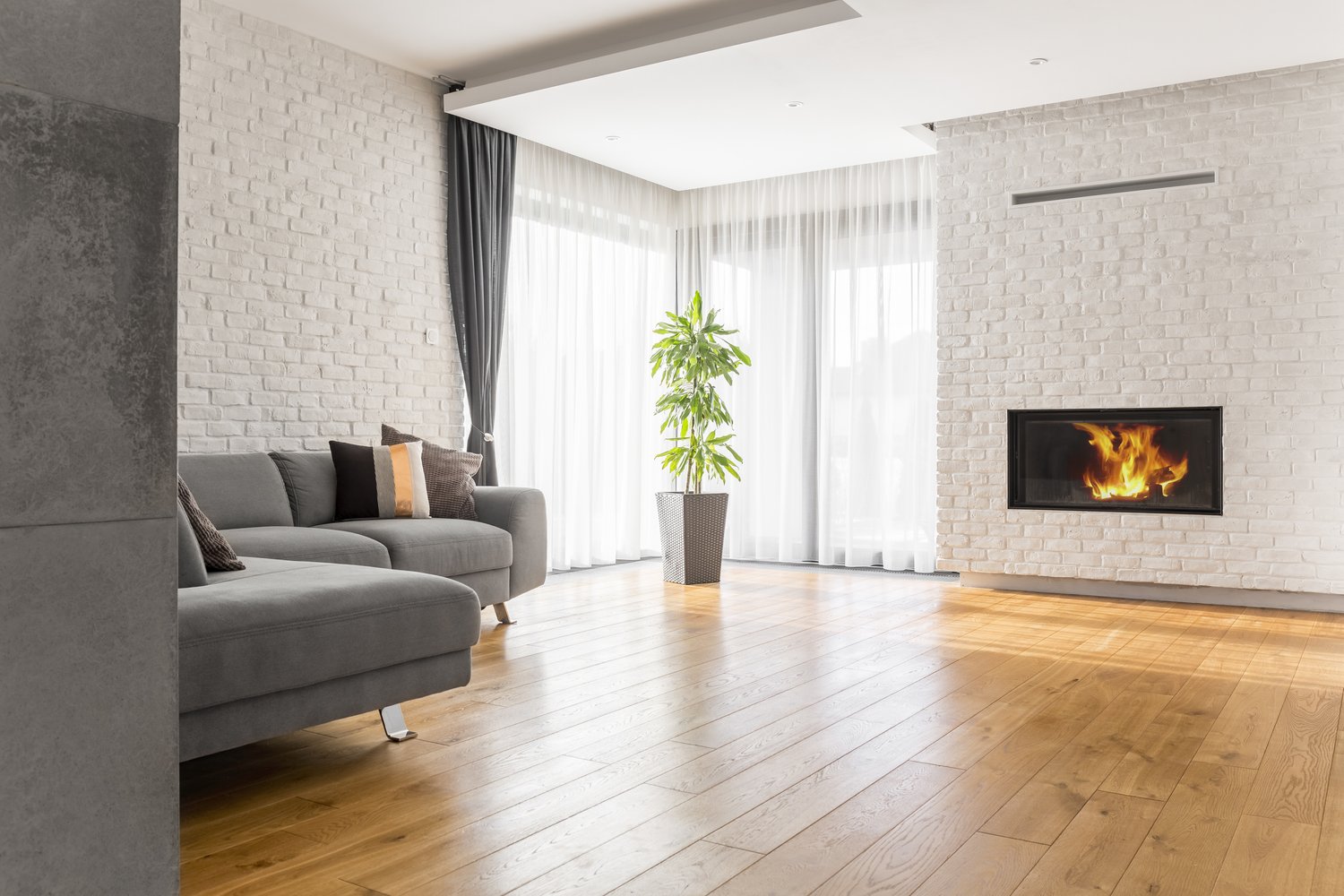The world of home flooring is constantly evolving, with new materials, colours, and patterns emerging each season to give homeowners fresh inspiration for their interior spaces. In 2023, we’re seeing a fascinating blend of practical innovation and aesthetic boldness reshaping stylish home floors across the UK. From the continued rise of luxury vinyl tile to the enduring appeal of wide plank hardwood, today’s flooring trends emphasise durability, sustainability, and design versatility. This article explores the most popular floor materials and modern flooring ideas currently transforming British homes.
The Resilient Rise of Luxury Vinyl Tile
Luxury Vinyl Tile (LVT) continues its impressive ascent in the flooring trends UK homeowners are embracing. This versatile material offers the perfect combination of practicality and aesthetic appeal that modern living demands. LVT has evolved dramatically in recent years, with manufacturers developing incredibly realistic wood and stone effects that can fool even the most discerning eye. The water-resistant properties make it ideal for bathrooms and kitchens, while its durability ensures it performs admirably in high-traffic areas throughout the home.
The technology behind luxury vinyl has improved so substantially that premium ranges now incorporate embossed textures that mimic natural materials with remarkable accuracy. Coupled with click-lock installation systems that make it accessible for competent DIYers, it’s easy to understand why LVT has become one of the most popular floor materials in recent years. Families particularly appreciate its warm underfoot feel and noise-dampening qualities compared to traditional hard flooring options.
Wide Plank Hardwood: Timeless Elegance Reimagined
While innovative materials gain market share, hardwood flooring maintains its position as the gold standard for many homeowners seeking stylish home floors. The most significant shift in this category is the growing preference for wider planks, typically 7 inches or more in width. These broader boards create a sense of spaciousness and showcase the natural beauty of wood grain to greater effect than narrower traditional strips.
In terms of species, European oak remains the frontrunner in the UK market, prized for its durability and versatile aesthetic that complements both traditional and contemporary interiors. However, we’re seeing increased interest in character-grade woods that feature more knots and natural variations, reflecting a broader design trend toward authenticity and organic imperfection. Finishes have moved away from high-gloss toward matte, satin, and ultra-matte options that highlight the wood’s natural character while offering practical benefits like reduced visibility of scratches and dust.
The Neutral Palette Evolution
Colour trends in flooring tend to evolve more slowly than in other home elements, but we’re witnessing a significant shift in the neutral palette dominating modern flooring ideas. Grey, which has reigned supreme for nearly a decade, is gradually giving way to warmer tones. Beige is making a sophisticated comeback, now reimagined with complex undertones that add depth and interest.
Meanwhile, “greige” – the harmonious marriage of grey and beige – offers a transitional option for those not ready to fully embrace warmer hues. This evolution reflects a broader interior design movement toward creating cosier, more welcoming spaces. Light to mid-tone woods with minimal yellow or red undertones remain universally popular, offering a timeless foundation that accommodates evolving décor preferences, as noted by flooring experts at AskHomey who track these shifting preferences among UK homeowners.
Pattern Play: From Herringbone to Geometric Designs
One of the most exciting developments in contemporary flooring is the resurgence of pattern. Herringbone installation has exploded in popularity, with this classic pattern bringing sophistication to both traditional and modern interiors. Chevron, a close cousin to herringbone but with ends cut at a 45-degree angle for a more defined zigzag effect, is also gaining traction among design-conscious homeowners.
Beyond wood patterns, geometric tile designs are making bold statements in entryways, bathrooms, and kitchens. Hexagons, arabesques, and picket shapes offer fresh alternatives to conventional square and rectangular formats. This trend toward more adventurous patterns represents a growing confidence among UK homeowners to express personality through permanent elements rather than limiting statement designs to easily changeable accessories.
Sustainable Flooring Solutions
Environmental consciousness continues to influence flooring trends UK consumers follow, with sustainability becoming a primary consideration rather than an afterthought. Bamboo and cork, once considered alternative materials, have entered the mainstream thanks to improved manufacturing techniques that enhance their durability and appearance. These rapidly renewable resources appeal to eco-conscious homeowners seeking to reduce their environmental footprint.
Reclaimed wood flooring remains highly sought after, not only for its sustainability credentials but also for the character and history it brings to interiors. Meanwhile, manufacturers of synthetic flooring are responding to environmental concerns by developing products with recycled content and improved end-of-life recyclability. This focus on sustainable practices is likely to intensify as consumers become increasingly aware of the environmental impact of their home improvement choices.
For more tips and to connect with reliable home service professionals, follow AskHomey on Facebook and Instagram.



